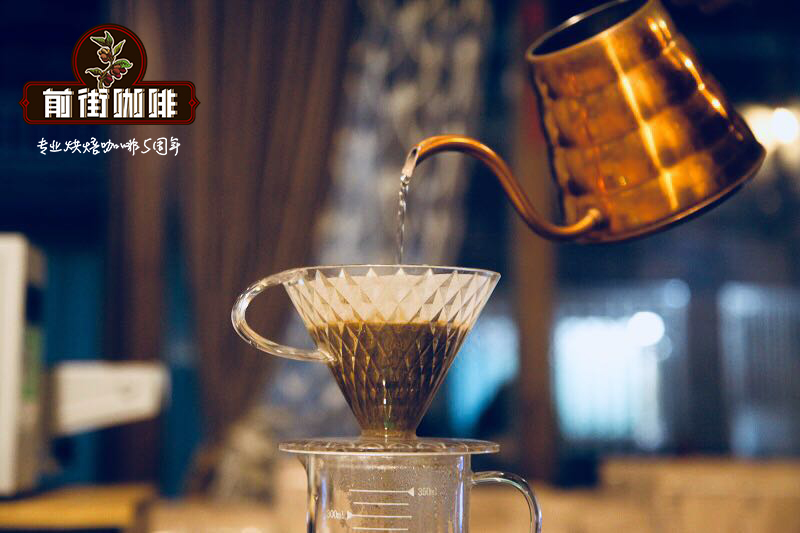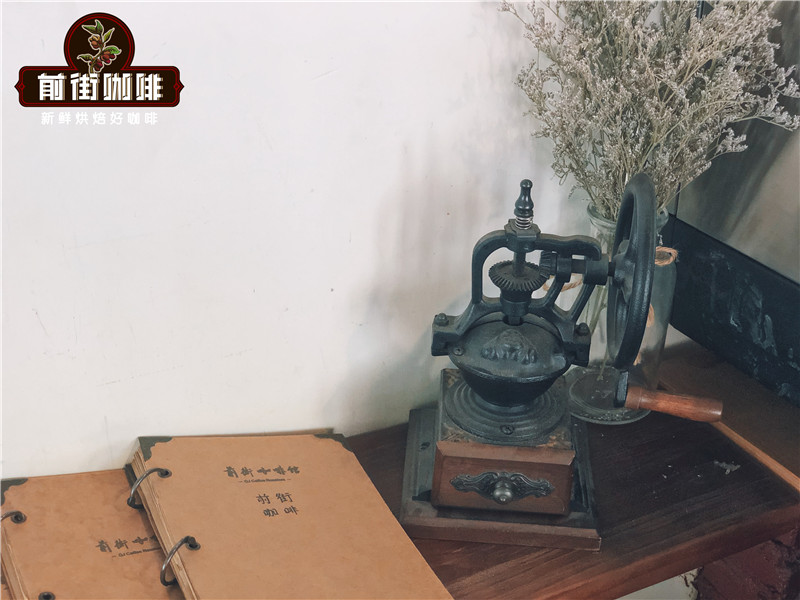The characteristics of Yunnan Tibica / Tieka how to drink Dibica coffee with bean flavor?

Professional coffee knowledge exchange more coffee bean information please follow the coffee workshop (Wechat official account cafe_style)
Coffee is suitable for growing in subtropical and tropical areas, with the equator as the center and a circular area of 25 degrees north and south latitude. The growth of coffee is mainly distributed in five regions, and the flavor and taste characteristics of coffee beans are different in different regions. Coffee grown in different regions has different regional characteristics.
Coffee belongs to the evergreen shrub of the genus Coffea of Rubiaceae. There are about 125 species in the subgenus Coffeae (25 in Africa and 55 in Madagascar, Masklin and Comoros) and 7 species in the subgenus Baracoffeae.
, there are only three kinds of coffee of commercial value
Arabica species (Coffea Arabica), Robusta species (Coffeacanephora also known as Coffea Robusta) and Laibuka species (Coffea Liberica), these three varieties are called "three native species of coffee".
Arabica species account for about 70% of the world's total production, and boutique coffee is in great demand.
Robusta species account for 27%, which is mainly used in instant and canned coffee. The content of caffeine is twice that of Elaraby species.
Liberian species are only traded in Suriname, Libya, C ô te d'Ivoire and other countries in West Africa because they are not resistant to leaf rust and have a poor flavor, but are not popular all over the world.
Arabica
Planting conditions: 800m-2000 m above sea level
The price is higher (it is more difficult to plant), the flavor is smooth and sweet, the caffeine content is lower.
[Typica] Tibica
The tree is 3-4 meters high, conical in shape, and the angle between the trunk and branches is about 50-70 degrees. The leaves are narrow and bronzed. Berries are more oval than other varieties. Tibica has been genetically evolved, and there are many variants that are more adaptable to the surrounding environment and produce new characteristics, which are generally considered new varieties. For example, Mexico Tibica is slightly different from Hawaii Tibica, so it has different names: Criollo (South America), Arabigo (America), Kona (Shawayi), Pluma Hidalgo (Mexico), Garundang (Sumatra), Blue Mountain (Jamaica). S ã o Bernado & San Ramon ó n (Brazil), Kent and Chickumalgu (India).
Although the most common variety of coffee in Yunnan is Katim, which has Robusta blood, it is not absolute. With the development of boutique coffee, the concept of boutique coffee is gradually known. In addition, the coffee variety planted in Yunnan at the beginning is Tibica, which is why Yunnan coffee is called small-grain coffee! And this bean in Yunnan Huaguo Mountain in Qianjie is planted by Tibika.
Qianjie cooking parameters are suggested:
V60ap90 ℃ / 1 15 / time two minutes
Flavor:
Brown sugar, caramel, melon
Important Notice :
前街咖啡 FrontStreet Coffee has moved to new addredd:
FrontStreet Coffee Address: 315,Donghua East Road,GuangZhou
Tel:020 38364473
- Prev

What is the flavor of Tippica coffee beans? characteristics of Yunnan Dibica Coffee
Professional coffee knowledge exchange more coffee bean information Please follow the coffee workshop (Wechat official account cafe_style) to taste coffee with excellent flavor, ponder the issue of universal value, and then forget the original appearance that was given by God, which is precious and needs to be cherished. Coffee beans are not born this way, they are crystallized through a lot of hard work. In the old days, individual coffee was synonymous with black coffee.
- Next

What is the origin of rose coffee? distinction between blue, green and red rose summer coffee beans in Panamanian jadeite manor
Professional coffee knowledge exchange more information about coffee beans Please follow the coffee workshop (Wechat official account cafe_style) Rose summer beans are long and moist, with slight aromas of peach, grass and berries. The rosy summer with excellent baking can show its pure but extremely rich aroma, which increases the aroma of flowers and fruit.
Related
- Detailed explanation of Jadeite planting Land in Panamanian Jadeite Manor introduction to the grading system of Jadeite competitive bidding, Red bid, Green bid and Rose Summer
- Story of Coffee planting in Brenka region of Costa Rica Stonehenge Manor anaerobic heavy honey treatment of flavor mouth
- What's on the barrel of Blue Mountain Coffee beans?
- Can American coffee also pull flowers? How to use hot American style to pull out a good-looking pattern?
- Can you make a cold extract with coffee beans? What is the right proportion for cold-extracted coffee formula?
- Indonesian PWN Gold Mandrine Coffee Origin Features Flavor How to Chong? Mandolin coffee is American.
- A brief introduction to the flavor characteristics of Brazilian yellow bourbon coffee beans
- What is the effect of different water quality on the flavor of cold-extracted coffee? What kind of water is best for brewing coffee?
- Why do you think of Rose Summer whenever you mention Panamanian coffee?
- Introduction to the characteristics of authentic blue mountain coffee bean producing areas? What is the CIB Coffee Authority in Jamaica?

